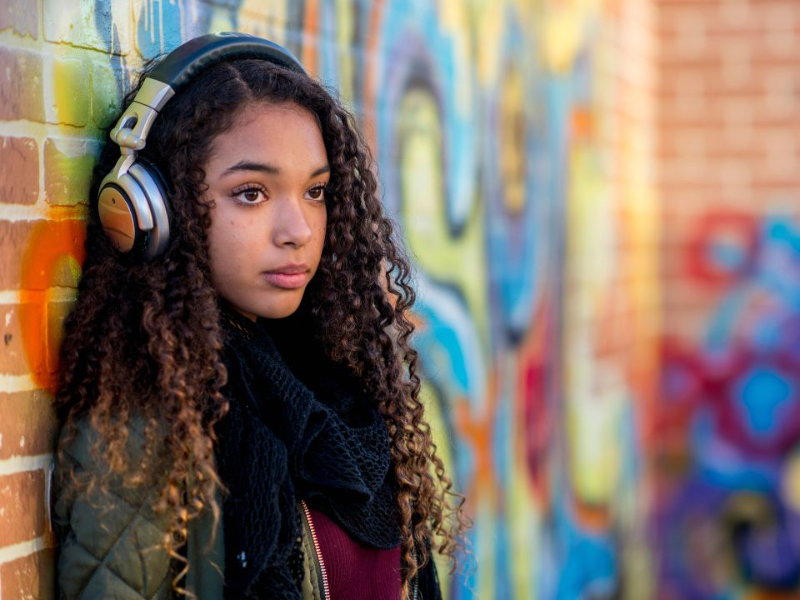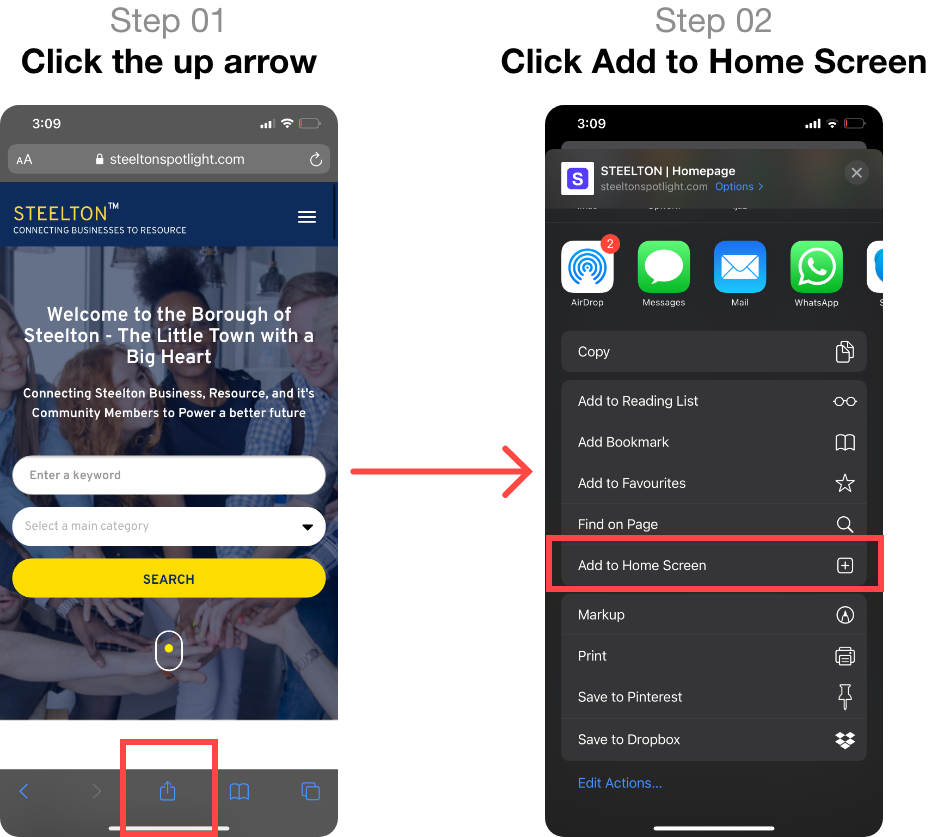
Stark Racial, Class Disparities in K-12 Mental Health Linked to Absenteeism
Stark Racial, Class Disparities in K-12 Mental Health Linked to Absenteeism
A new national report from USC researchers reveals pre-teen boys, teen girls, and Black families need more, targeted mental health supports.
This story first appeared at The 74, a nonprofit news site covering education. Sign up for free newsletters from The 74 to get more like this in your inbox.
Amid the ongoing youth mental health crisis and rising rates of chronic absenteeism, a new national report pulls back the curtain to reveal which student groups have the hardest time finding support at their schools.
Access to in-school mental health support varies dramatically along class and race lines, with Black and low-income families far less likely to report their child’s school offers counseling and other support but are more likely to use them than their affluent, white peers.
Just 29% of Black families and 37% of low-income families report that their child’s school offers mental health services, compared to 52% of white families and 59% of the most affluent, according to the Nation’s Kids at Risk report released last week by University of Southern California researchers. Lower-income families reported using in-school mental health services more than five times as much as those with the highest incomes.
“We often talk about mental health struggles today with teens as kind of one issue and often in generalities,” said lead author and USC researcher Amie Rapaport. “… I’m hopeful that differentiation will help inform interventions and services to help kids that are most in need.”
The survey of 2,500 families is the latest national attempt to show the “very clear link” between poor mental health and chronic absenteeism. Over one in five children considered chronically absent, missing 10% or more of a school year, experienced conduct problems, like losing temper or fighting with peers. About one in ten report emotional or peer struggles.
Across the country, more than one in four kids were chronically absent by the end of 2023.
Researchers acknowledge the absences themselves may be creating more emotional distress, negatively impacting how students feel about themselves as learners. Regardless, the currently or on-track to be chronically absent students group struggled emotionally or behaviorally three to four times more than their peers with good attendance.
“There are kids in need that aren’t being reached,” Rapaport said.
Among all families, one in five would have used services had they been available, though Black and Hispanic families show the highest desire. Of all families receiving services, roughly 3 in 4 are “satisfied,” saying they help.
Teen girls, between 13 and 17, struggled most with depression and anxiety symptoms, but Black and Hispanic girls appear to be struggling less than their white and Asian peers. Pre-teen boys, particularly Black boys, are experiencing the most conduct concerns, such as increases in fighting, lying, cheating, distraction, bullying and stealing, the report found, adding detail to recent CDC reports about increases in violence and bullying.
The findings came as somewhat of a surprise to Rapaport, who expected mental health struggles to be more evenly distributed across age and gender; and because student mental health was a priority for many districts nationwide in spending federal pandemic relief funds in the last few years.
She explained the disparities may have to do with access to information and care – whether or not schools are adequately reaching parents about what resources are readily available, or curbing long waiting lists.
“Clearly, policy can help better target mental health supports to meet the needs of the children who could benefit from them the most,” the report stated, calling the patterns “unfortunate.”
This story was produced by The 74, a non-profit, independent news organization focused on education in America.






